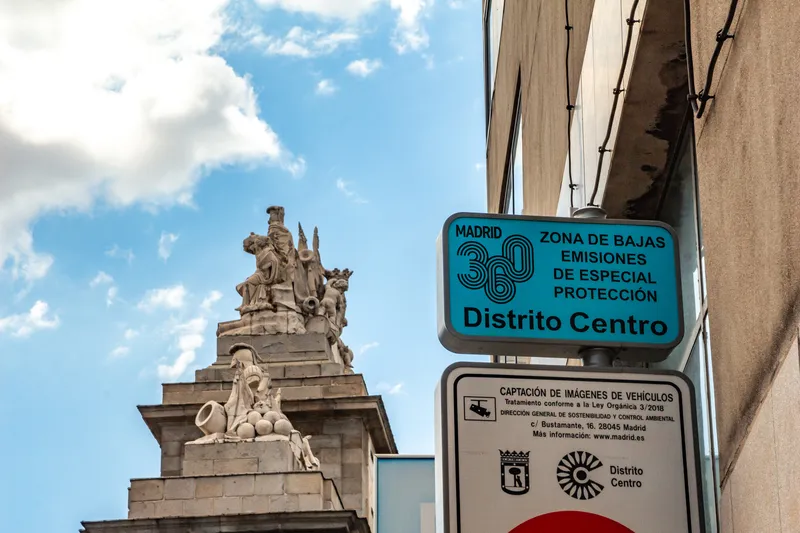
Researchers from the Swedish National Road and Transport Research Institute (VTI) and Gothenburg-based Chalmers University of Technology have published a report on the literature concerning microplastics.
Tyre and road surface wear generates significant emissions of microplastic particles, which are linked to environmental damage such as corruption of the food chain.
However, knowledge about them is very limited, according to the authors of the report, Microplastics from tyre and road wear: a review of the literature.
Despite research, there is a lack of understanding about parameters such as how particles are dispersed, levels at which they occur in environments, how quickly they degrade and how best to sample and analyse them.
Although these microplastic particles are largely the result of tyre wear, they can also be traced to worn road markings and surfaces containing polymer modified bitumen – PMBs.
It is estimated that at least half of Sweden’s total emissions of microplastics come from tyre wear, notes the report.
Studies have shown that microplastics are present in watercourses and water treatment works, in soil, plants, food and drink, organisms and even humans.
Microplastics specifically traceable to road traffic have been found in road dust, waterways, surface water and sediments in areas including the Swedish west coast.
“We know that emissions of microparticles from tyre wear are very large, that they are likely to degrade extremely slowly in nature and that they contain substances hazardous to living organisms,” said Mikael Johannesson, research director at VTI.
“We, therefore, have every reason to limit both the generation and dispersal of tyre wear particles.”
The researchers have also compiled knowledge on possible measures to reduce both the generation and dispersal of microplastic particles.
Measures that can lower the generation of microplastics include lower speeds, limited vehicle mileage, reduced use of studded tyres, calmer driving behaviour, a transition to lighter vehicles and optimised wheel balancing.
A number of these measures also bring other benefits, such as reduced emissions of air pollutants and greenhouse gases, lower noise levels, fewer serious traffic accidents and reduced road maintenance.
Measures that reduce the dispersal of microplastics include street cleaning and various types of plant to treat road surface water.
The 146-page report is available as a free download.







